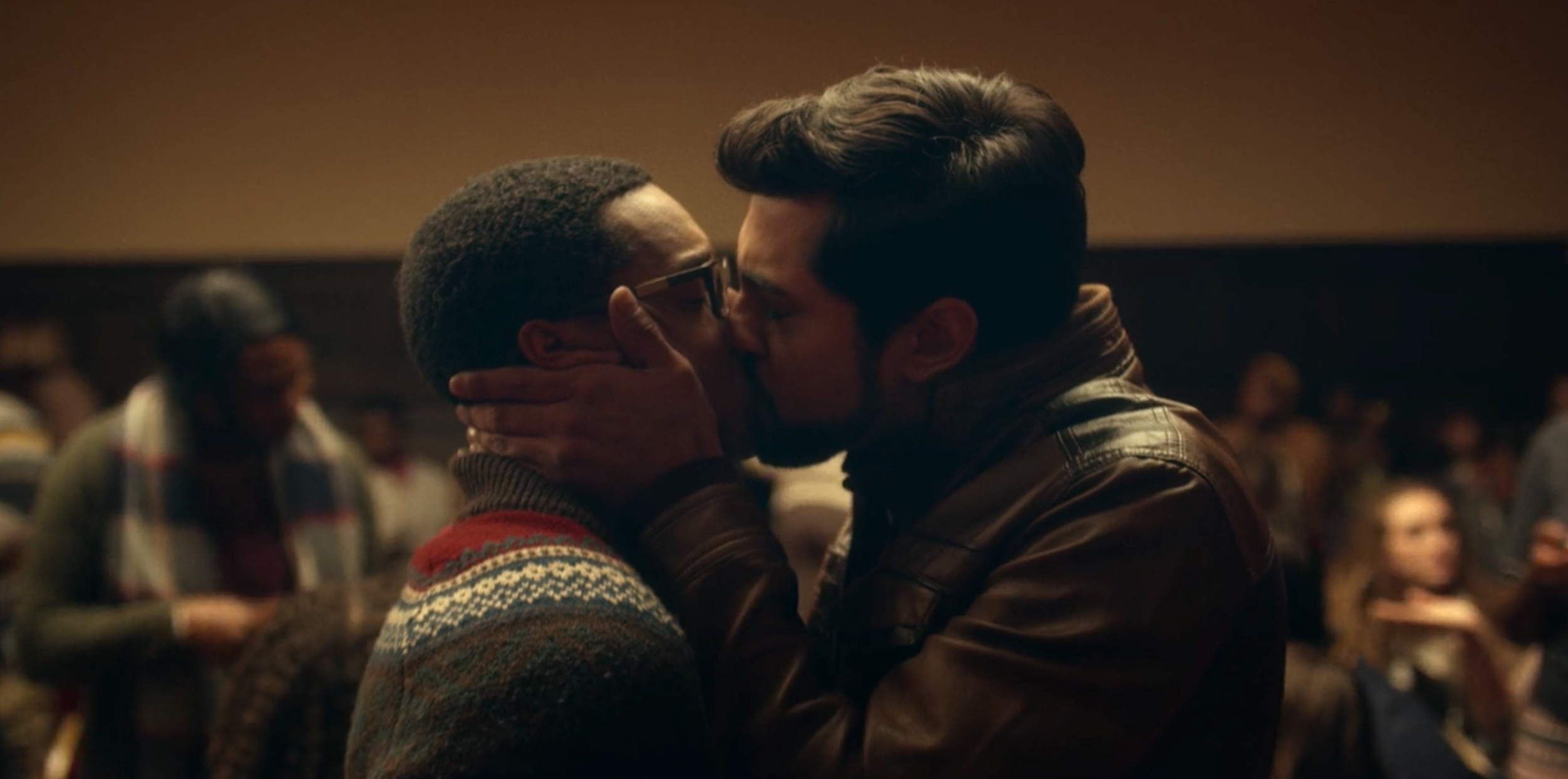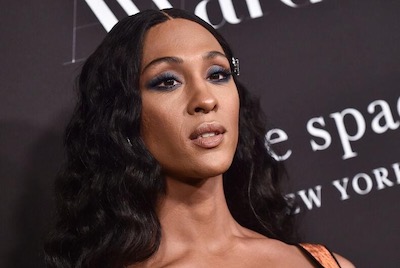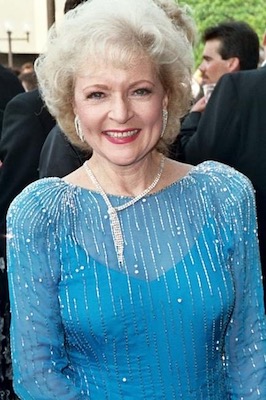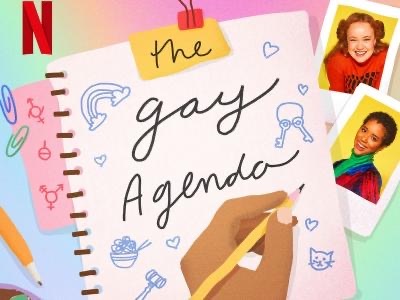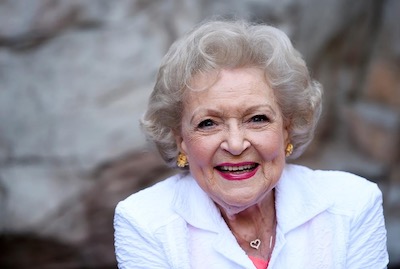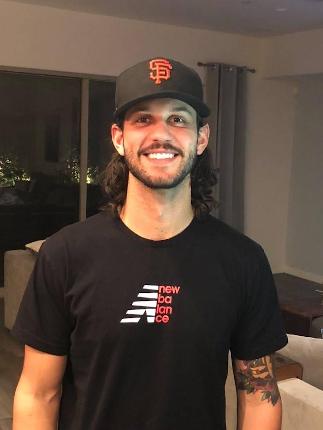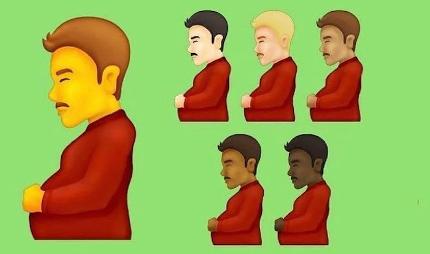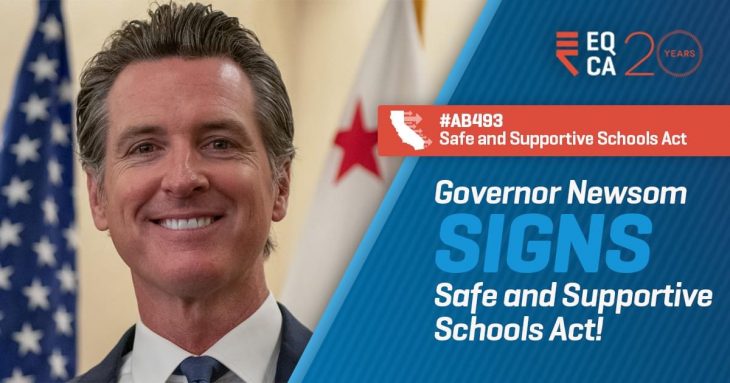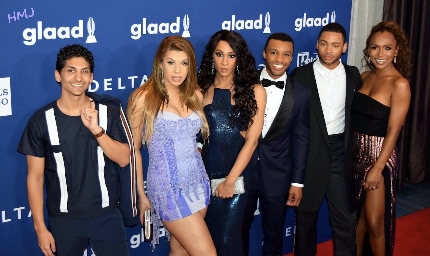By Elijah Root-Sanchez
This year was the highest year on record for representation of the LGBTQ+ community on cable networks and streaming services, according to GLAAD’s “Where Are We” 2018 report.
According to the report, almost 9 percent of characters on screen were identified as gay, lesbian, bisexual, transgender and/or queer. This is the largest representation in the 14 years that GLAAD has been doing this report. Television has increasingly improved their representation of the queer and trans community.
Specifically, the representation of the trans community increased significantly. According to the report, there are 26 regular and recurring transgender characters tracked across all three platforms. Last year there was only 17. Of those 26, 17 are trans women, five are trans men, and four are non-binary characters.
LGBTQ representation is not limited to sexuality and gender expression. THE GLAAD Reports has shown that “for the first time, LGBTQ characters of color outnumber white LGBTQ characters on broadcast television, 50 percent to 49 percent.” Historically, people of color have been extremely underrepresented within the LGBTQ+ community.
Shows like “Pose” and “Dear White People” have done great work to increase the intersectional representation of multiple groups. The intersectional representation for people is extremely important for people to see. When people see people who are members of the same communities, it can increase confidence and pride for one’s own community.
The representation of people with disabilities “has slightly increased to 2.1 percent.” Even though these numbers have increased, this number is not nearly representative of the 12.6 percent of Americans who are currently living with a disability. It is important that these groups are represented properly because these stories deserve to be told.
GLAAD has asked cable news and streaming services to increase their representation of the LGBTQ+ community to 10 percent of all characters in television. This representation of the community is essential to legitimizing queer and trans people in society. Television must continue to increase its representation of minoritized groups.

GLAAD “Where We Are” Quick Facts –
- Of the 857 regular characters expected to appear on broadcast scripted primetime programming this season, 75 (8.8 percent) were identified as gay, lesbian, bisexual, transgender, and/or queer. This is the highest percentage GLAAD has found in the fourteen years this report has counted all broadcast series regulars. There were an additional 38 recurring LGBTQ characters.
- The number of regular LGBTQ characters counted on scripted primetime cable increased to 120, while recurring characters increased to 88, making for 208 characters.
- There were 75 LGBTQ regular characters counted in original scripted series on the streaming services Amazon, Hulu, and Netflix as well as 37 recurring characters, for a total of 112 LGBTQ characters.
- Bisexual+ characters make up 27 percent of the LGBTQ characters tracked across all platforms (broadcast, cable, streaming originals), a slight decrease in percentage from last year, but up to 117 characters from 93 in the previous report. The numbers still skew toward women, though there was an increase in bi+ men this year (84 women to 33 men).
- This year, there are 26 regular and recurring transgender characters tracked across all three platforms, up from 17 last year. Of those, 17 are trans women, five are trans men, and four are non-binary characters.
- Racial diversity of LGBTQ characters is up significantly on all three platforms tracked. For the first time, LGBTQ characters of color outnumber white LGBTQ characters on broadcast television, 50 percent to 49 percent. 44 percent of all series regulars on broadcast scripted television are people of color, a four percent increase from the previous report.
- Last year was GLAAD’s first inclusion of asexual characters in our annual count. Both characters (Raphael Santiago on Freeform’s Shadowhunters, Todd Chavez on Netflix’s BoJack Horseman) have returned from the previous year, but no additional asexual characters have been added. There still no ace characters on broadcast.
- Only 43 percent of the regular characters counted on broadcast primetime television are women, the same percentage as last year and a severe underrepresentation of the U.S. population, which is estimated to be 51 percent women.
- The amount of regular primetime broadcast characters counted who have a disability has slightly increased to 2.1 percent, but that number still vastly underrepresents the actualities of Americans with disabilities. There are seven characters across all three platforms tracked (broadcast, cable, streaming) who are HIV-positive, a substantial increase from last year’s two.
- Netflix counts the highest number of LGBTQ characters on all streaming services and FX counts the highest number on cable networks. The CW boasts the highest percentage of LGBTQ series regular characters of the five broadcast networks.
To view the full report, CLICK HERE.

